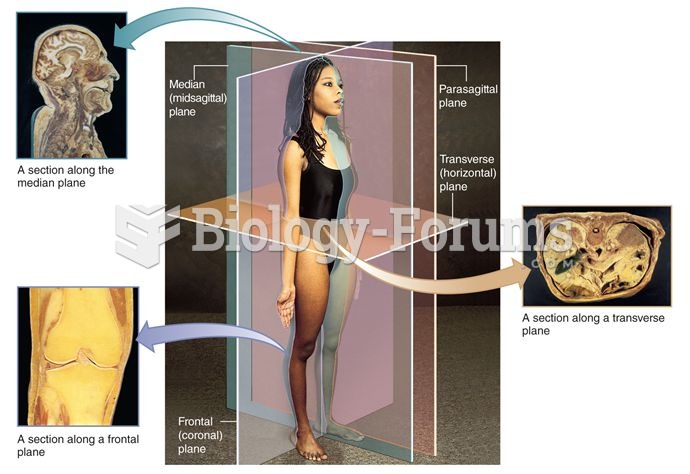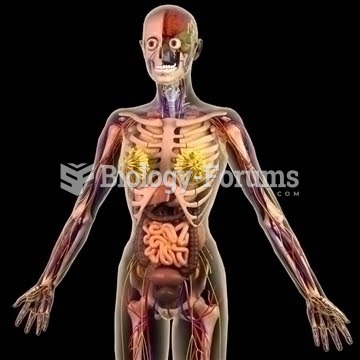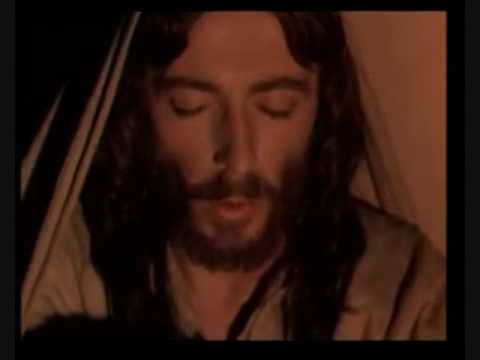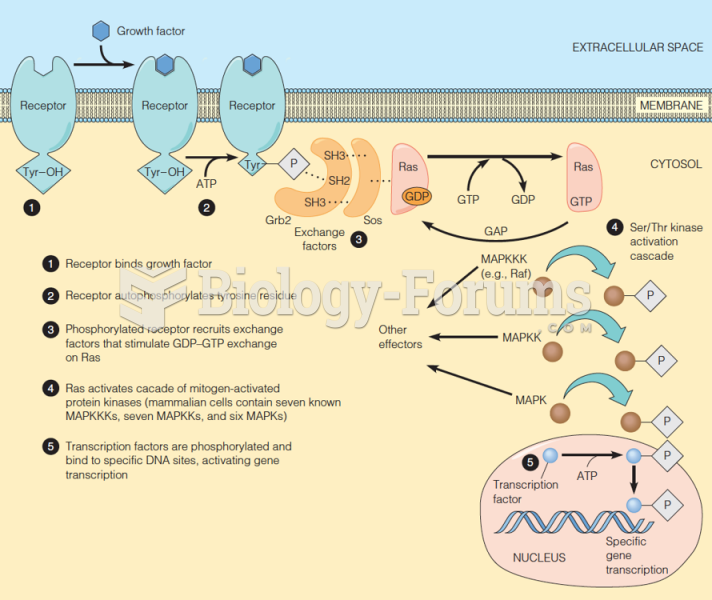Answer to Question 1
Gender refers to the culturally and socially constructed differences between females and males found in the meanings, beliefs, and practices associated with femininity and masculinity. According to sociologists, social and cultural processes, not biological givens, are the most important factors in defining what females and males are, what they should do, and what sorts of relations do or should exist between them. Virtually everything social in our lives is gendered. A microlevel analysis of gender focuses on how individuals learn gender roles and acquire a gender identity.
Gender role refers to the attitudes, behavior, and activities that are socially defined as appropriate for each sex and are learned through the socialization process. Gender identity is a person's perception of the self as female or male. Typically established between eighteen months and three years of age, gender identity is a powerful aspect of our self-concept. Although this identity is an individual perception, it is developed through interaction with others. As a result, most people form a gender identity that matches their biological sex. Body consciousness is how a person perceives and feels about his or her body; it also includes an awareness of social conditions in society that contribute to this self-knowledge. A macrolevel analysis of gender examines structural features, external to the individual, that perpetuate gender inequality. These structures have been referred to as gendered institutions, meaning that gender is one of the major ways by which social life is organized in all sectors of society. Gender is embedded in the images, ideas, and language of a society and is used as a means to divide up work, allocate resources, and distribute power. These institutions are reinforced by a gender belief system, which includes all the ideas regarding masculine and feminine attributes that are held to be valid in a society. This belief system is legitimated by religion, science, law, and other societal values.
Answer to Question 2
c







